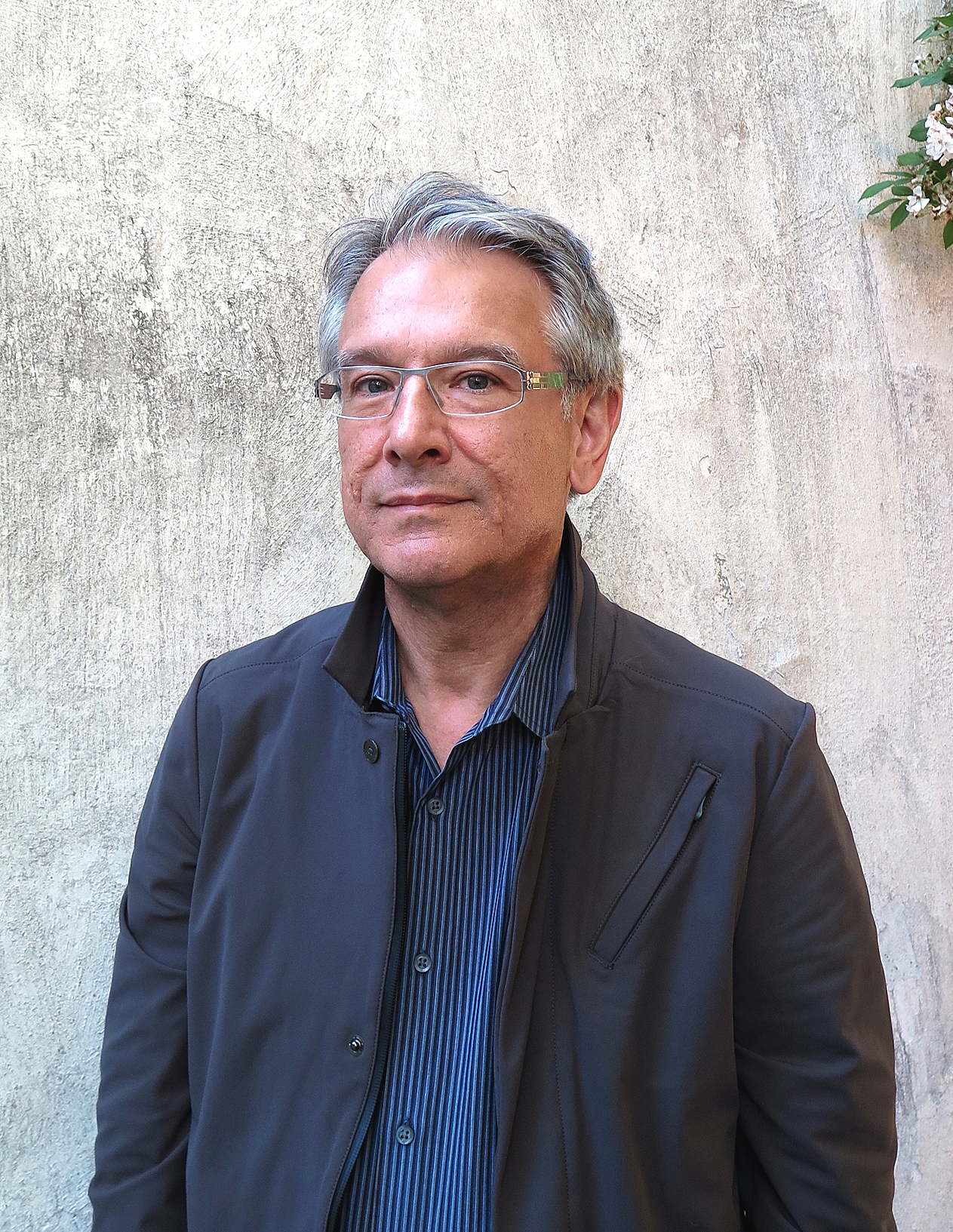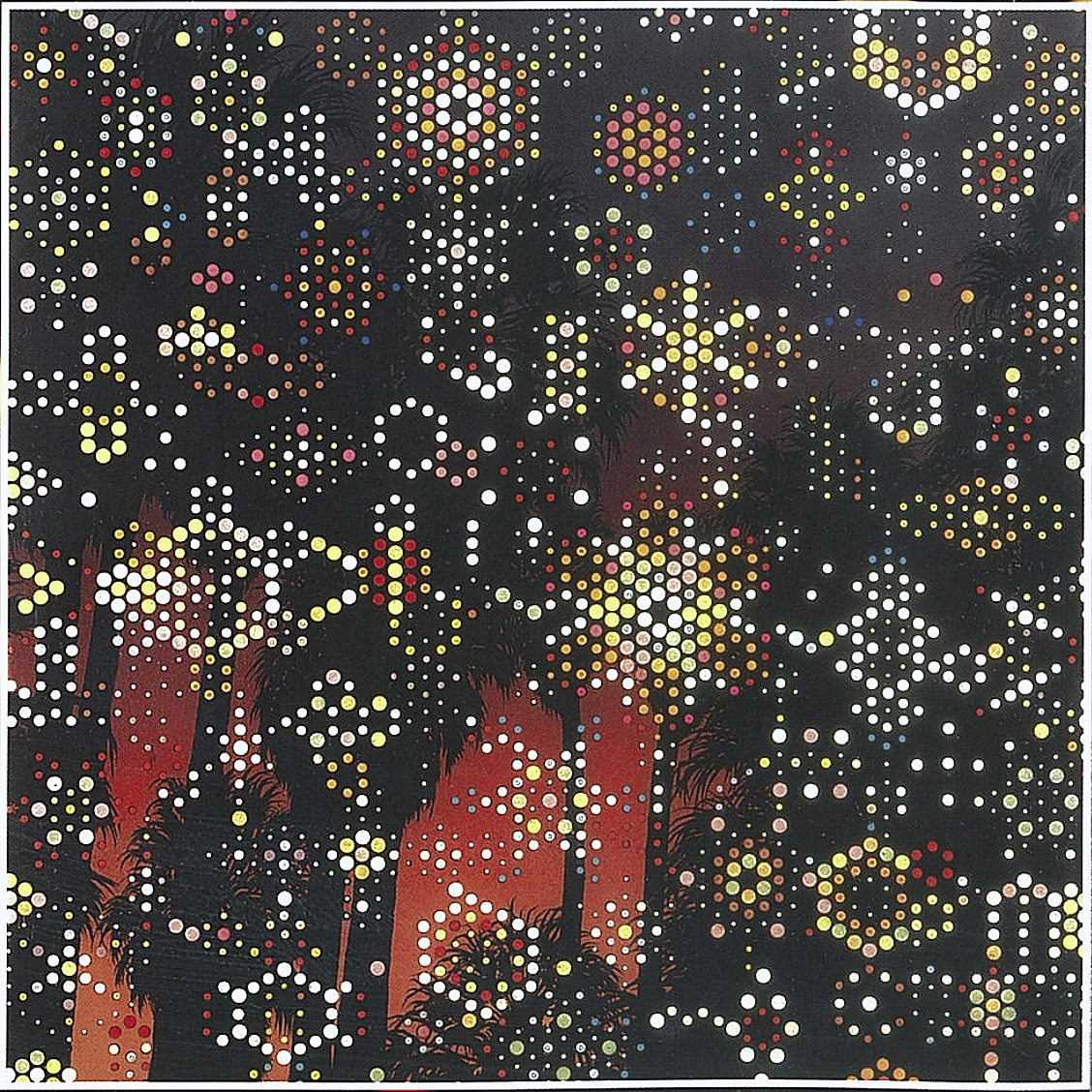
Richard Klein: Mary Kenealy photo.
In 2022, curator Richard Klein announced that after 30 years he would be leaving the Aldrich Contemporary Art Museum in Ridgefield, Conn., which honored him during its Spring Gala on April 29. Antiques and The Arts Weekly took the opportunity to reach out to ask him to briefly reminisce on his long tenure and give us a glimpse of what life ahead looks like.
You’ve recently announced that you’d be stepping down after 30 years as exhibitions director at the Aldrich Contemporary Art Museum. What prompted the decision?
I’ve been exhibitions director since 1999, and prior to that I was assistant director as well as being acting director on two separate occasions. My reason to leave was prompted by a variety of reasons, but the primary motivation was that I reached a time in my life when I wanted more freedom. Freedom to focus on my career as an artist as well as having the ability to pursue exhibitions occasionally as an independent curator. I’ve also started to advise several small artist-run nonprofits as they grow and plan for their futures.
As you look back on those 30 years, what are some of your fondest memories and/or events or exhibitions of which you’re most proud of?
That’s a hard question to answer! Since my motivation as a curator has been guided by taking on projects where I’m going to learn something new or engaging with a complex subject that I don’t totally understand I guess the exhibitions that stand out are “Art at the Edge of the Law,” a 2001 group show that included 24 artists whose work either broke the law or engaged with the legal system in some manner; “No Reservations: Native American History and Culture in Contemporary Art” (2006), a group exhibition that brought together Native and non-native artists whose work dealt with the complex and tragic history and cultural legacy of Indigenous peoples in the land that would become the United States; and 2020’s “Weather Report,” an exhibition that explored contemporary artists engagement with the Earth’s atmosphere.

“49 Palm Oasis” by Fred Tomaselli, 1994. Collection of A.G. Rosen. Art at the Edge of the Law, The Aldrich Contemporary Art Museum, June 3 to September 9, 2001.
There were numerous solo exhibitions that I organized that have fond memories of some of them not so much “major” as singular and timely. One of them was the actor and comedian Harry Shearer’s video installation, The Silent Echo Chamber. Shearer, due to his connections in the media, obtained video footage of well-known political figures and commentators sitting before the camera silent and fidgeting before they went “live” on TV. Presented on wrap-around walls of monitors one was surrounded by the awkward silences of figures that are usually blathering away on current events. A simple gesture by the artist, but strangely moving. I also organized the first solo museum exhibition of Ridgefield native Damian Loeb, as well as a solo exhibition of prominent figurative painter Elizabeth Peyton, who was born in Danbury, and I first met when she was child. Of course, there was my decision to exhibit Nina Levy’s memorable “Big Baby” sculpture out in front of the museum in 2003-04. A work that people still frequently mention 20 years after the fact when they talk about The Aldrich’s outdoor sculpture program.
Can you describe the artistic environment in Ridgefield when you started, and what it is now? What part did the Aldrich Museum play in that?
Ridgefield has changed quite a bit in 33 years. I think the major change was demographic: during this period a new, younger generation of people populated the town and they brought with them an increased interest in progressive arts and culture. The Aldrich, with its growing reputation, helped attract new residents who were passionate about culture, as well as creating an atmosphere that was conducive to the formation and growth of other cultural entities in town. The fact that the center of Ridgefield was declared in 2021 the state’s first “Cultural District” due to its multitude of arts organizations and institutions was based in part by The Aldrich’s groundbreaking presence as a cultural anchor.
I understand you are also an artist — what can you tell our readers about that? How did you get started? What are some of your influences?
I’ve pursued a career as an artist in parallel with my life as a curator and arts administrator. For my own sanity I’ve kept the two activities separate, although they are obviously related to each other. I guess I was fairly successful in keeping them separate as occasionally someone will come up to me and say, “Do you know there is an artist named Richard Klein?” My work is primarily made with found objects: I collect simple things that fascinate me, particularly glass objects such as drinking glasses, bottles, etc. and reconfigure them to emphasize meanings that are already present. My work grows out of Surrealism but has been influenced by a diverse range of things, including Arte Povera, the Italian art movement from the 1960s and 70s that emphasized simple and commonplace materials and techniques, Art Nouveau, Romanesque architecture and perhaps most surprisingly, geology. I’ve made art since as long I can remember. I have a small sculpture that I made when I was 6 years old that exhibits some of the same concerns that still motivate me today.
What will you focus on in this upcoming new phase of your life?
In my life post-Aldrich, I’ll be focusing on my work as an artist. As an independent curator I’m organizing a small exhibition of the work of Mark Dion that will open on July 22 at the Ice House Project Space in Sharon, Conn. I’ve also taken on two independent writing projects, but as I said I’m not interested in moving from one full-time curatorial role into another. The challenge will be keeping a balance between the studio and the outside world.
—Madelia Hickman Ring




